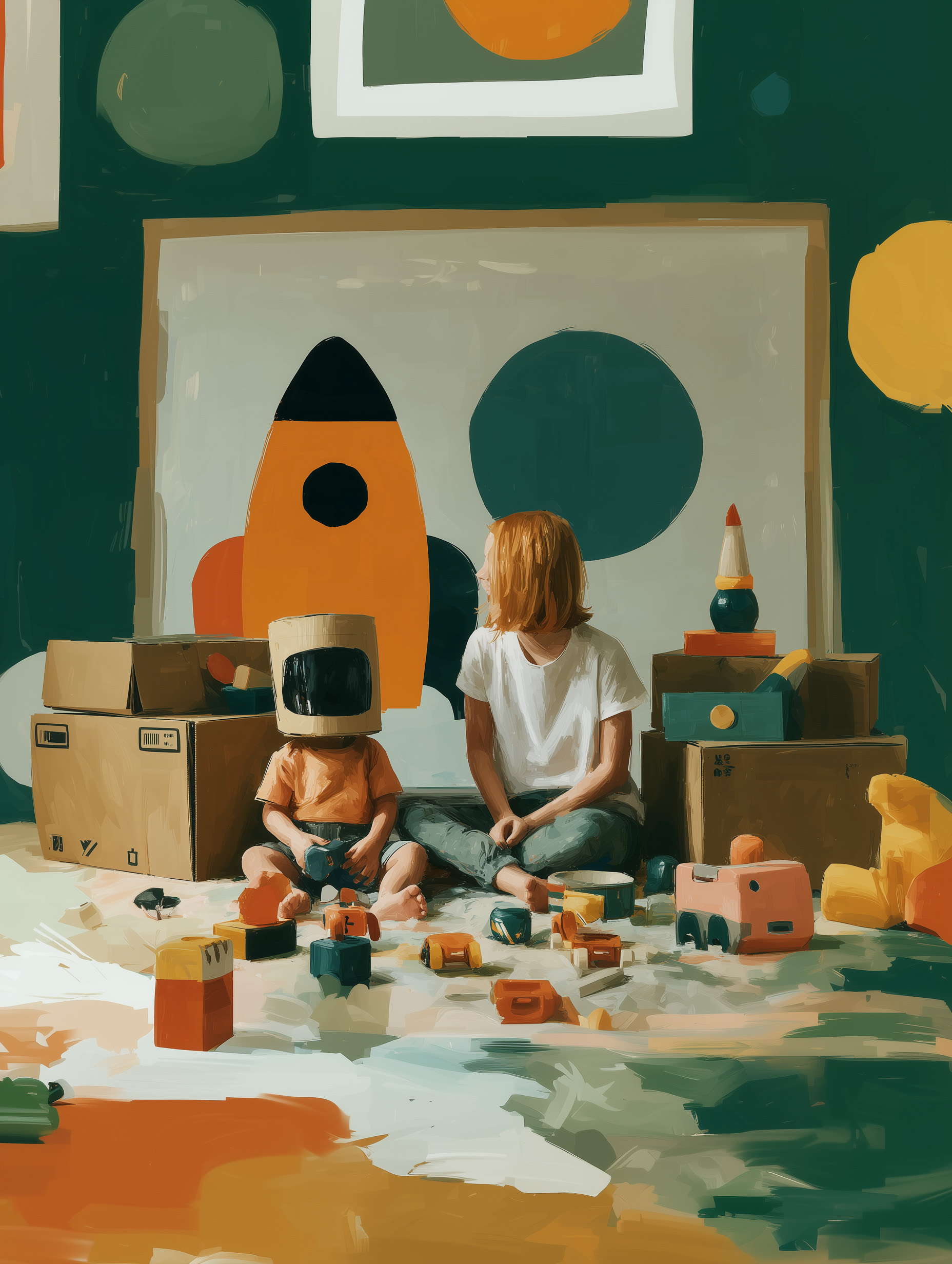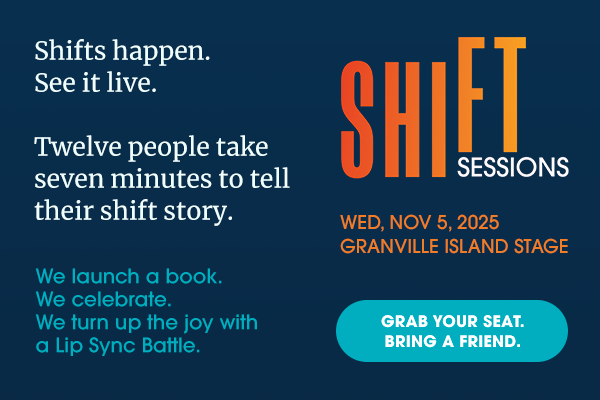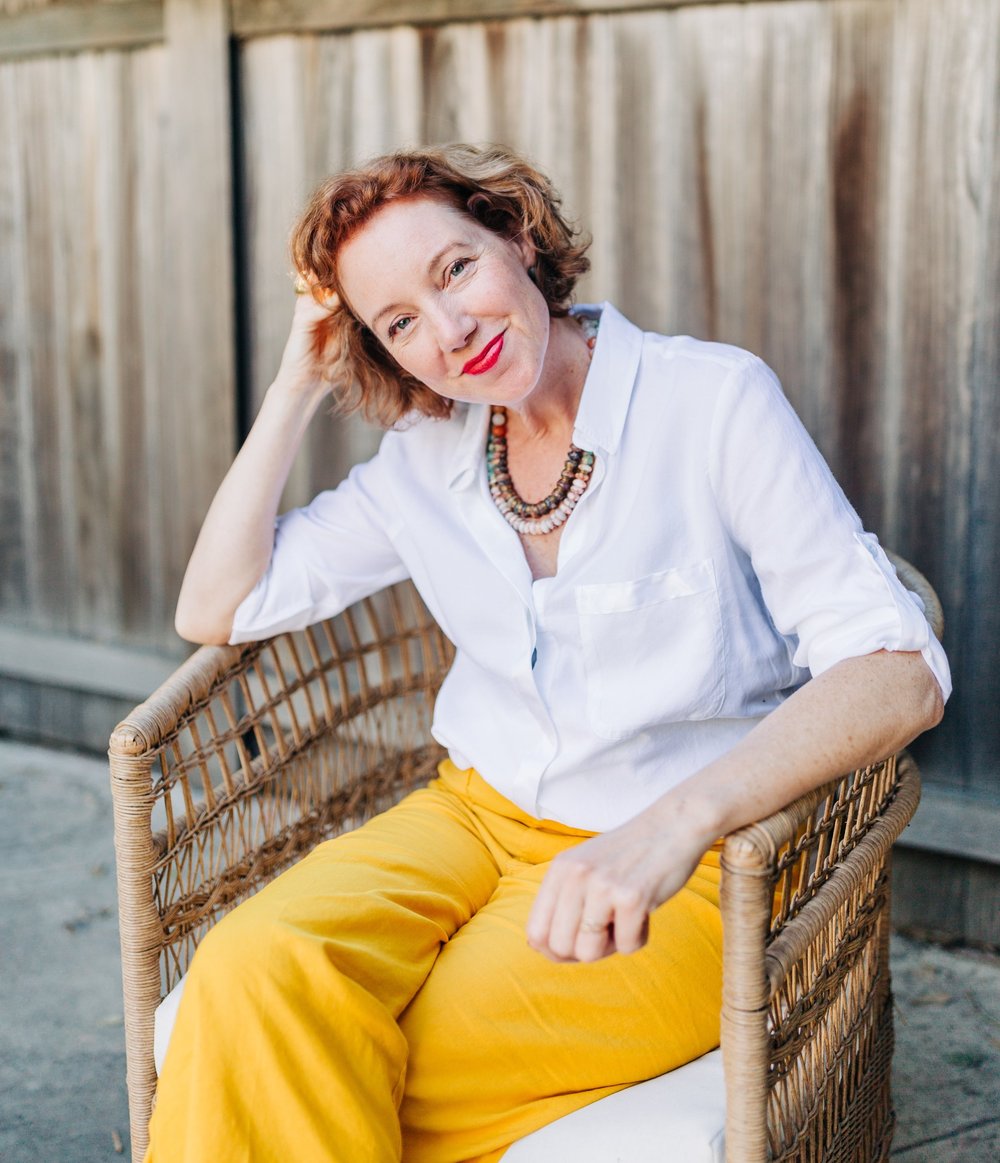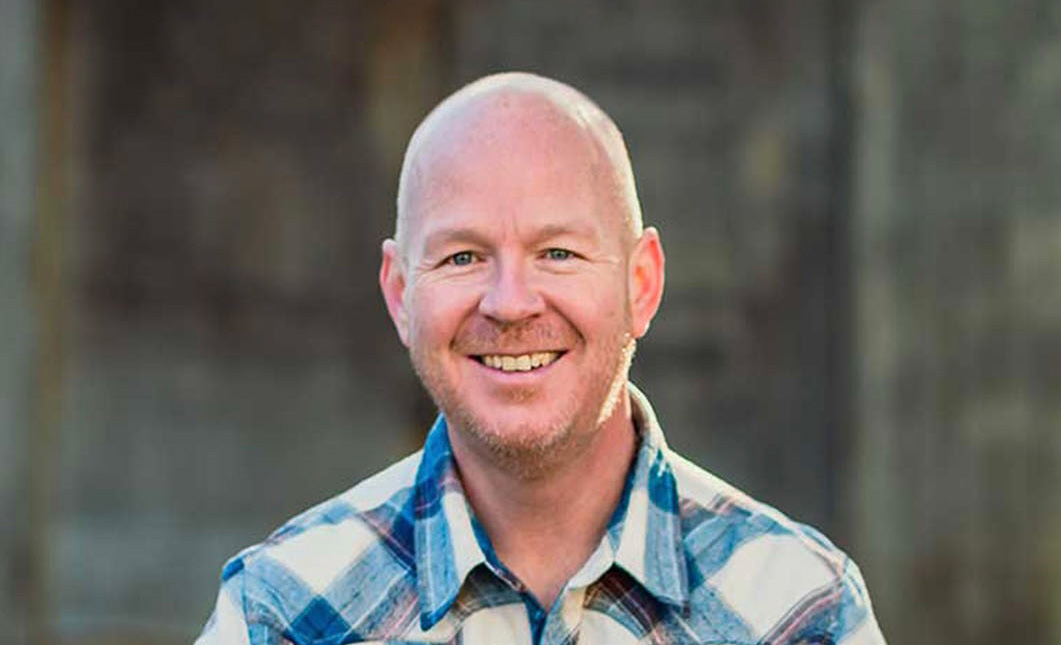In the spaces between our endless to-do lists and our carefully structured days, something vital awaits us as parents — the ancient art of play. I don’t mean the performance-driven, Instagram-worthy version of childhood enrichment. I’m referring to something far more elemental; I’m talking about the raw, unscripted language through which our children speak their deepest truths.
Play is the language of children and like any foreign tongue, it requires us to become students again. When we watch a child transform cardboard boxes into spaceships or see dolls enacting elaborate dramas of rejection and acceptance, we witness a sacred thing—the healing work of the imagination. This messy, unstructured play is therapy unfolding right before our eyes. Inner struggles are made visible as children work through conscious and unconscious fears, processing their complex inner worlds through the universal grammar of wonder.
Yet many of us hover at the edges of this sacred space, uncomfortable with its unpredictability. We’ve been trained to be productive, efficient, goal-oriented. Play may feel foreign—like speaking a language we once knew fluently but have forgotten through disuse. Or perhaps play is laced with shame because of how the adults around us responded to our silliness. The irony is that our children desperately need us to remember, to step down from our adult pedestals and meet them in the realm of play, where connection truly lives.
When we allow our children to guide us into their imaginative universes, surrendering our need to direct and control, something beautiful unfolds.
There’s a radical shift that happens when we adopt what we might call a “play-first mindset”—treating these moments not as interruptions to our real work, but as the real work itself. When we allow our children to guide us into their imaginative universes, surrendering our need to direct and control, something beautiful unfolds. We become witnesses to their creativity, co-conspirators in their joy.
This doesn’t require transforming into someone we’re not. A slightly exaggerated facial expression, a willingness to be the bumbling sidekick in their adventure, five minutes of following their lead—these small acts of presence can bridge the gap between their world and ours. Play really is less about performance and more about proximity, less about entertainment and more about engagement.
The truth is, play serves our incredible need for attachment and affection. In a world that often severs our connections through busyness and distraction, play offers a bridge back to the deep emotional bond between parent and child. It’s where laughter lives, where power struggles dissolve, where the ordinary becomes extraordinary.
Perhaps the most radical thing we can do is pause—just for a moment—and let ourselves be drawn into the magnetic pull of a child’s invitation to play. In doing so, we might discover that we’re not the ones teaching them; they’re the experts, fluent in play, who are teaching us about wonder.
-----
Ready to play? Discover really practical ways to embrace playful connection with Lighten Up & Connect: A Serious Mom’s Guide to Playful Parenting, a free, easy to follow resource filled with age-specific play ideas, low-energy options for tired parents, and strategies to make play a natural part of your family rhythm. Download your free guide here
Mary Van Geffen is the author of the upcoming book Parenting A Spicy One. You can preorder here: http://ParentingASpicyOne.com













